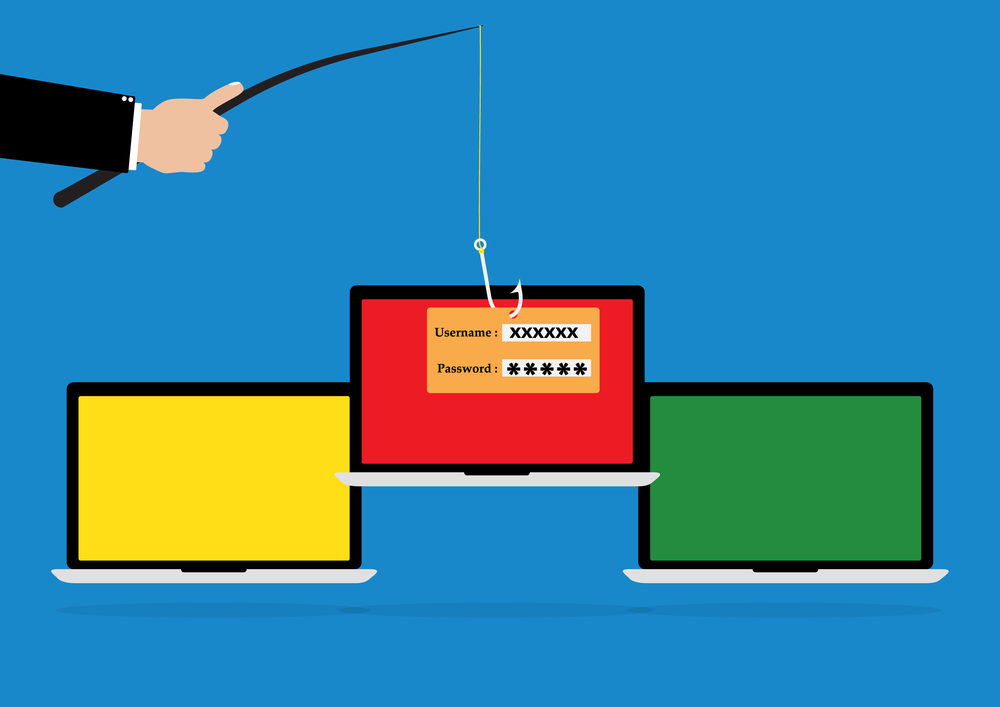You might think you’ve done everything to protect your business from cyberattacks. You have the best security to stop outside threats but are you just as safe from threats inside your company?
Whether on purpose or by accident, your employees, vendors, partners and even you could harm your business. That’s why it’s important to know how to protect your business from inside threats. In this blog, we’ll talk about different internal risks, warning signs to look for, and most importantly, how to prevent them.
Types of Insider Threats
Insider threats come in different forms, each bringing unique risks; here are some common examples:
Data theft: An employee or someone inside the company downloads or leaks important information for personal benefit or to cause harm. This can include physically taking company devices or copying data digitally.
- Example: A worker at a healthcare company steals patient information and sells it on the dark web.
Sabotage: An unhappy employee, an activist or someone working for a competitor purposely harms the company. This can include deleting important files, infecting devices with viruses or changing passwords to lock the business out of its systems.
- Example: An upset employee at a coffee shop messes with the equipment causing the machine to break which impacts the business.
Unauthorized access: This occurs when someone who shouldn’t see certain information, like a hacker or a disgruntled worker, gets into it anyway. Sometimes, people might also accidentally access important data without intending to.
- Example: An unhappy employee uses their login to look at confidential information and then shares it with competitors.
Negligence and errors: Negligence and mistakes can create security problems. Errors can be lessened with training, but negligence needs stricter rules to fix.
- Example: An employee might click on a harmful link and download malware or they might lose a laptop with sensitive information. In both cases, the company’s data is at risk.
Credential Sharing: Credential sharing is like giving someone the keys to your house. You can’t always control what they’ll do with it—maybe they’ll just borrow some sugar, or maybe they’ll throw a big party. Similarly, sharing your password with colleagues or friends opens up numerous risks, including the potential for a cyberattack on your business.
- Example: An employee uses a friend’s laptop to check their work email and forgets to log out. If that personal laptop gets hacked, the attacker now has access to the company’s confidential information.
Identifying Insider Threats – Red Flags to Watch For:
- Unusual Access Patterns: An employee starts accessing confidential information that isn’t relevant to their role.
- Excessive Data Transfers: An employee begins downloading large amounts of customer data and transferring it to a memory stick.
- Authorization Requests: Someone frequently asks for access to critical business information that isn’t necessary for their job.
- Use of Unapproved Devices: Accessing sensitive data using personal laptops or other unauthorized devices.
- Disabling Security Tools: An employee turns off their antivirus or firewall.
- Behavioral Changes: An employee shows signs of unusual behavior, such as missing deadlines or appearing extremely stressed.
Strengthen Your Defences – follow these five steps to create a strong cybersecurity framework and keep your business secure:
- Ensure you have a robust password policy in place and promote the use of multi-factor authentication to add an extra layer of security.
- Make sure employees have access only to the data and systems necessary for their roles. Regularly review and update access privileges to keep them aligned with current job requirements.
- Provide regular education and training to help your employees understand insider threats and follow security best practices.
- Make sure to back up your crucial data frequently so you can recover quickly in case of a data loss incident.
- Develop a detailed plan outlining how to respond to insider threat incidents, ensuring you have a clear course of action in place.
Don’t Tackle Internal Threats Alone
Dealing with insider threats can be daunting, especially when you’re on your own. That’s why having an experienced partner is crucial. Claritech can help you to put in place security measures to protect your business.
Let us help you secure your business from within. Get started by downloading our checklist here.





